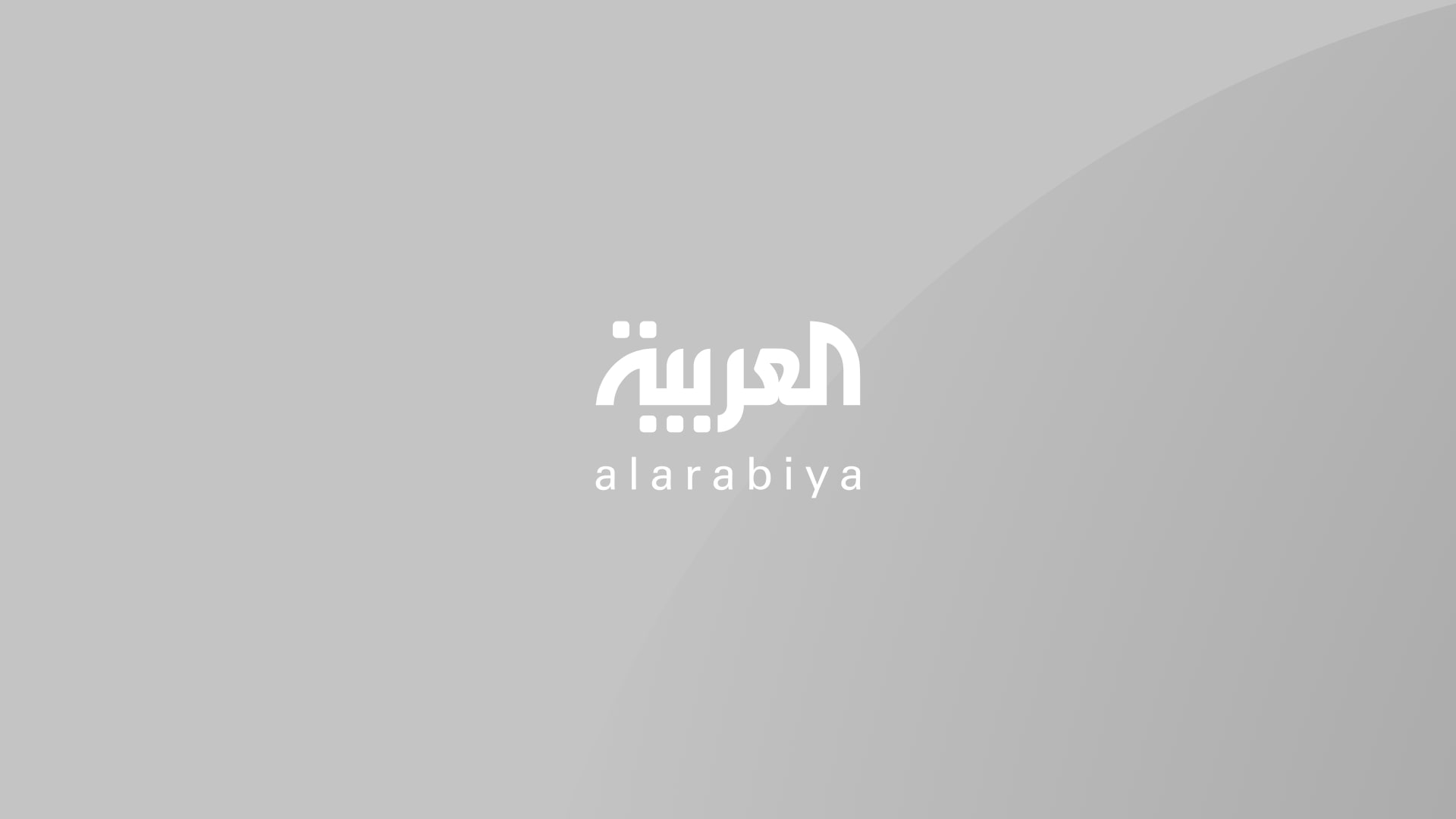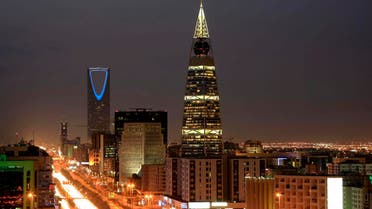Here are the top 10 sovereign wealth funds in the Arab world
While the world’s largest SWF – which recently reported that its value had increased to $1.02 trillion despite global economic headwinds – is owned by the Norwegian government, many of the other largest SWFs are in the Middle East, particularly in the Arabian Gulf.
Sovereign wealth funds (SWFs) are playing an increasingly important role in the global economy. These state-owned institutions gain funding from various state-affiliated sources and then invest funds into potential growth areas including shares, bonds, and real estate.
“Sovereign wealth funds of the Arab world play an integral role in the health of the financial ecosystem. This is particularly true for funds located in the GCC, which host some of the largest SWFs on the planet,” said Michael Maduell, President, SWFI – Sovereign Wealth Fund Institute, a global company focused on analyzing public asset owners.
These economies, which tend to rely on one product or commodity such as oil, use SWFs to diversify their income stream. For example, Saudi Arabia’s Vision 2030 economic plan aims to dramatically transform the Kingdom’s SWF, the Public Investment Fund (PIF), currently the 11th largest SWF in the world, into a giant investment vehicle that will diversify the economy and reduce Saudi Arabia’s reliance on oil revenues.
Al Arabiya English spoke to the SWFI – Sovereign Wealth Fund Institute, and has put together a list of the top 10 largest wealth funds in the Arab world based on overall fund size.
Founded in 1976, the Abu Dhabi Investment Authority (ADIA) invests funds on behalf of the government of the Emirate of Abu Dhabi and is officially the largest SWF in the Middle East. ADIA’s primary source of funding is revenue generated by Abu Dhabi’s oil exports. The SWF invests in a global portfolio across more than 24 different asset classes and sub-categories.
The Kuwait Investment Authority (KIA) is the oldest SWF in the world, tracing its roots back to the establishment of the Kuwait Investment Board in 1953. The organization was set up to invest oil surplus revenues and reduce Kuwait’s reliance on oil reserves and allow “future generations to face the uncertainties ahead with greater confidence.” The KIA also manages the General Reserve Fund (GRF). Despite a decision by the Kuwaiti government to deplete to cover its deficit of 7.7 billion dinars ($25.34 billion) for fiscal year ending March 2020, the KIA is still expected to maintain its spot as the second-largest SWF in the Arab world.
SAMA Foreign Holdings was established in 1952 as an investment arm of the Saudi Arabian Monetary Authority (SAMA), part of the Central Bank of Saudi Arabia. The fund was established to manage Saudi Arabia’s large oil surpluses and support the country’s budgetary needs. SAMA Foreign Holdings investment strategy differs from the PIF as it focuses heavily on cautious fixed-income investments, such as sovereign debt instruments, and particularly US treasury bonds.
Established in 1971, the role of the PIF has changed significantly since the introduction of Saudi Arabia’s Vision 2030 back in April 2016. Vision 2030 envisions the fund controlling more than $2 trillion in assets, which would make it the largest SWF in the world. Since the plan calls for the PIF to become a massive investment vehicle to help move the Kingdom away from its historic reliance on oil revenue, the fund has already made great strides to diversify its investments. The PIF is invested in many big-ticket projects and institutions, such as the Blackstone Infrastructure Fund, Virgin Galactic, and the Softbank Vision Fund.
Founded in 2005 by the State of Qatar, the Qatar Investment Authority (QIA) was established to develop, invest and manage the state’s reserve funds and other assets. The SWF’s mission is to create long-term value for Qatar and support the country’s economic diversification initiatives.
The Investment Corporation of Dubai (ICD) is the principal investment arm of the government of the UAE emirate Dubai. ICD was established in 2006 and consolidated the emirate’s existing portfolio of commercial companies and investments. The SWF is aiming to further Dubai’s presence globally and “enhance Dubai’s economic prosperity for future generations.”
Mubadala Investment Company was established in 2017 as the result of a merger between Mubadala Development Company and the International Petroleum Investment Company, both founded by the government of Abu Dhabi to channel oil funds into developing the economy. The Mubadala Investment Company reports a diverse portfolio spanning over 50 countries and has more than 100,000 employees.
The Libyan Investment Authority (LIA) was founded in 2006 and is the largest SWF in Africa. The fund was initially set up to manage the country’s oil revenue surplus but has been subject to turmoil since the downfall of former Libyan President Muammar Qaddafi. In 2018 the fund appointed auditors to reexamine its assets as part of its efforts to gain access to billions of dollars of assets that were frozen as part of sanction efforts against the Qaddafi regime.
The Emirates Investment Authority (EIA) is the federal UAE government’s SWF. The fund was established in 2007 and manages the federal government’s stakes in a number of firms, including UAE telecom companies Du and Etisalat. Du issued a disclosure in June stating that the EIA would increase its stake in the telecom provider by 10.2 percent. The value of the deal was not disclosed, but according to du’s closing price on the day the deal was worth an estimated $630 million.
The State General Reserve Fund (SGRF) was founded in 1980 and is the main investment arm of the Omani government. The fund manages the country’s surplus oil and gas revenues, aiming to achieve returns to support government efforts to diversify income and secure long-term returns. The SGRF’s investments are spread over 25 countries worldwide.
-

Saudi sovereign wealth fund acquires significant stake in Tesla shares
Saudi Arabia's sovereign wealth fund has acquired a significant position in Tesla ... Economy -

Saudi wealth fund in talks to raise up to $8 bln bridge loan, say sources
Saudi Arabia’s Public Investment Fund (PIF) is in talks with banks to raise ... Economy -

Norway wealth fund plans to double Saudi investments
Norway’s sovereign wealth fund expects to double its investments in Saudi ... Economy
